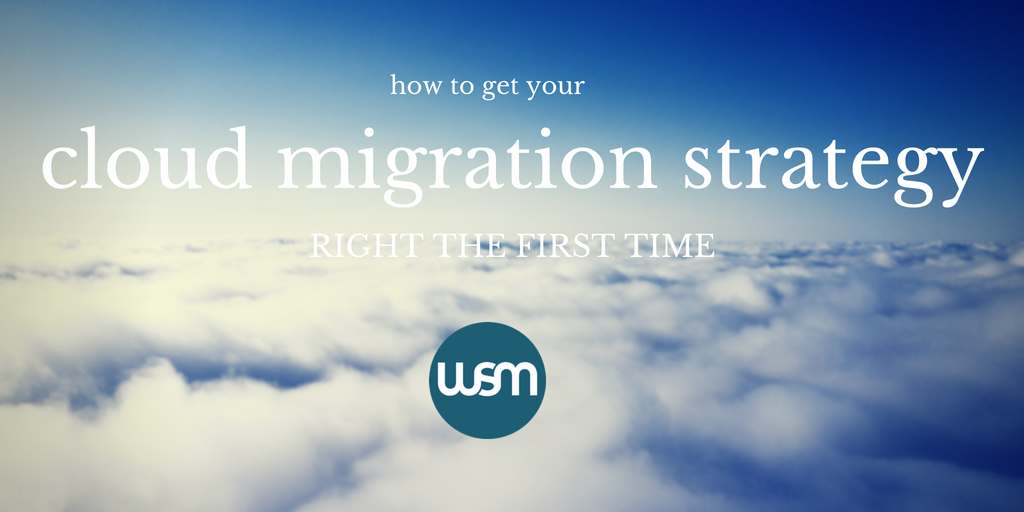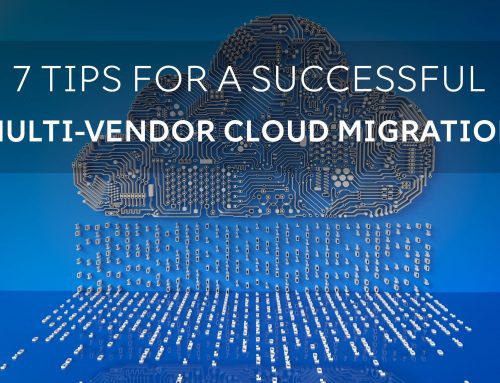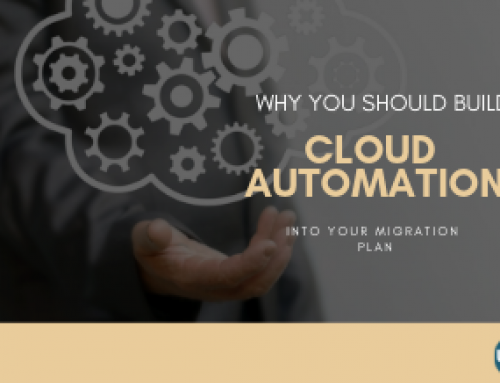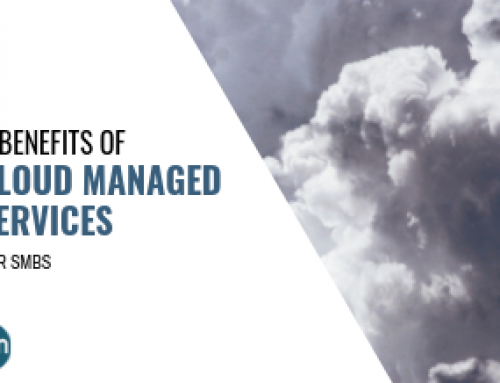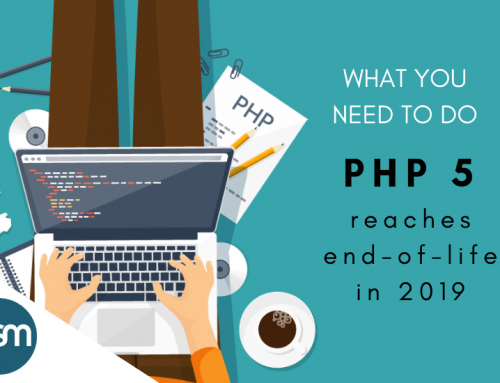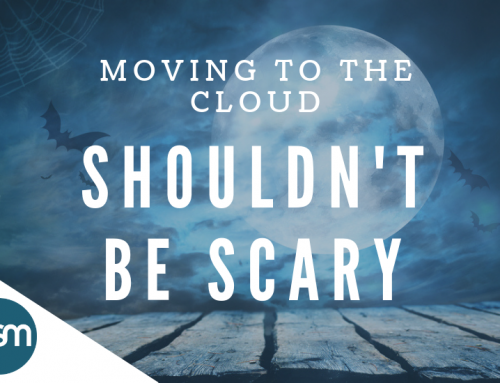With 83 percent of enterprise workloads in the cloud by 2020 according to a recent survey by LogicMonitor, cloud migration is an ongoing process for most enterprise organizations. Despite the amount of adoption, the rate of satisfaction with the migration experience is much lower: a recent survey found that only 27% of respondents were satisfied with their overall cloud migration strategy.
It’s hard to find an organization at the enterprise level that has not yet breached the cloud; however, many small and mid-sized businesses have yet to adopt. For those that haven’t made the leap, getting their cloud migration strategy right the first time is the key to satisfaction. No one wants to be a part of the other 73% of people who were frustrated with the results of their cloud migration strategy.
A cloud migration can be expensive, and in many cases, it isn’t easy, as most know from the plethora of discussion on forums, in articles, and from first-hand accounts. Migration to the cloud is one of the major pain points of the cloud. Getting there isn’t easy, however, the investment of time and resources, paired with careful planning, testing, and execution, can take your business and applications to the next level. Getting your cloud migration strategy right the first time involves taking the right steps to ensure success.
Preparation is key: choose the right cloud provider and match your workloads to the right option
Not all cloud providers are created equal. What provider works for one company may not work for another. Depending on your goals and your current infrastructure/workloads, researching each cloud provider and determining which matches up to your needs is a good place to start. There are so many options and so many factors to consider.
Amazon Web Services (AWS) is still the most popular public cloud service option and leads in automation tools. Microsoft Azure is great at integrating with other Microsoft technologies, and Google Cloud is a leader in multiple streaming capabilities. Need more help narrowing it down? What does your code base work best on in terms of OS and storage? Every provider is different; just because it’s popular doesn’t make it the best choice for your business.
Public cloud isn’t always cheaper. Make sure you understand the key cost drivers in the cloud and that it’s the right option for your organization. For more insight into cloud costs on AWS, check out this post.
Plan your environment: start with a current infrastructure assessment
Getting your cloud migration strategy right the first time hinges primarily on your business’s ability to prepare and plan. Choosing a cloud provider isn’t the only thing that will impact your migration plan. To be able to match up your workloads to the right option, as well as grouping which workloads should migrate first, your business should complete an assessment of your current infrastructure.
This is often done through an automated discovery exercise that uncovers and lists all of your workloads alongside performance indicators, classification, environment, and dependency. These factors are important to consider so that you can make decisions about what should move first and what might need to change in your application architecture before a cloud migration.
It is advisable to move the least complex applications first. In this case, complexity can be determined by application performance, application classification, application environment, and/or application dependency mapping, which can be down as part of the discovery and assessment exercise.
In addition, some workloads or applications may be best suited outside of the cloud. That’s okay. That’s what the assessment is meant to discover and help you decide.
Beware of over-provisioning or inadequate resources in your new environment
Following the current infrastructure assessment, you should begin planning for your new infrastructure. Planning your cloud environment ahead of time will help avoid over-provisioning or inadequate resources within your new environment and will ensure you get your cloud migration strategy right. There’s a thin line between buying what’s needed and budget sticker shock for a bunch of resources you don’t really need.
In our experience, over half of the companies we’ve worked with have planned to migration to the incorrectly sized environment. There are many factors that impact pricing for a cloud provider. These include:
- Number of processor cores
- Amount of RAM
- Storage capacity
- Storage performance
- How long the server is turned on
- Availability of features (i.e. load balancing and auto-scaling)
The goal is always to purchase just enough to meet your needs so that your cloud environment doesn’t become budget-inhibitive.
Other planning considerations: elasticity/stability, latency and performance requirements in connected systems, SLA requirements, backup and disaster recovery, financial strategy
There are many other considerations to think about when conducting a cloud migration, specifically when planning your environment. These can include everything from knowing how each workload will need to scale to know how you’ll recover from a potential disaster.
When creating your plan, you ask yourself how you’ll address:
- Elasticity/Stability of Workloads
- Latency and Performance Requirements in Connected Systems
- SLA Requirements of the Cloud Provider
- Backup and Disaster Recovery Options
- Security in the Cloud
- Your Financial Strategy
No matter how large or small of a business you are, it is important to look at the whole picture before making the move to the cloud.
Craft a realistic cloud migration strategy timeline and get a good project manager to stick to it
If you’ve done the preparation and planning correctly, then the actual migration should be a breeze in comparison. Creating a timeline for the migration portion should include time for migrating, deploying, and testing each move group. It is important to be realistic about a timeline, especially if you are moving many workloads and servers over. Getting cloud migration strategy right the first time relies on your ability to be strategic about what you move and when.
Usually, this falls to a project manager, so having an experienced and effective project manager on the job to keep the technical team in check and to help ensure tasks are completed in line with the project plan can help make for a smoother transition.
Bottom line: cloud migration strategy is difficult
Getting cloud migration right the first time is no easy task, as you can see by the reasons outlined above. Having an experienced team behind you can make all the difference. Any type of migration project is prone to errors and experience is helpful in foreseeing and avoiding problems, as well as additional cost. It may seem expensive to have a professional migration team step in, but it will actually save you money if you get it wrong the first time.
If you’re looking to make the move to the cloud and would like to enlist the help of a certified, knowledgeable and experienced team, look no further. Check out more information about our migration process.


